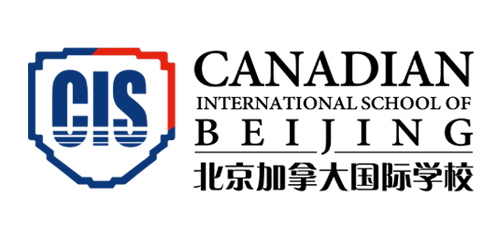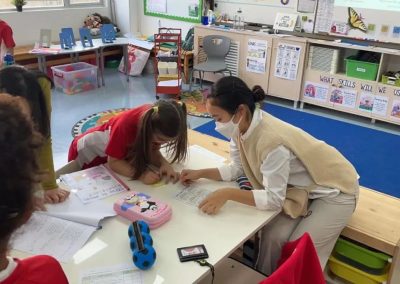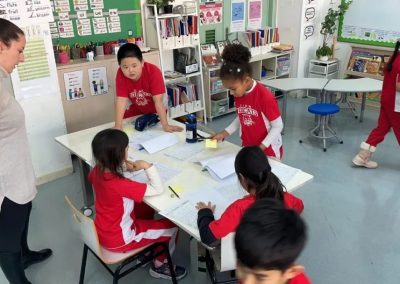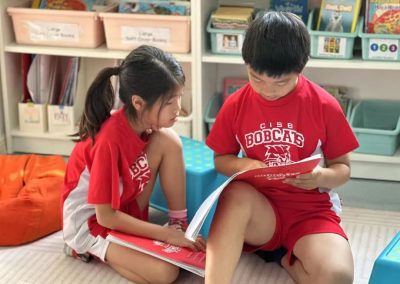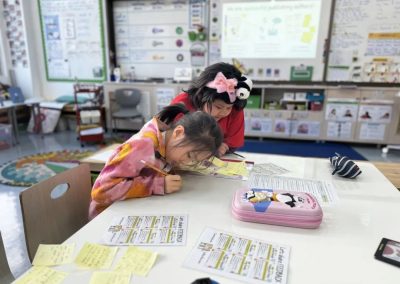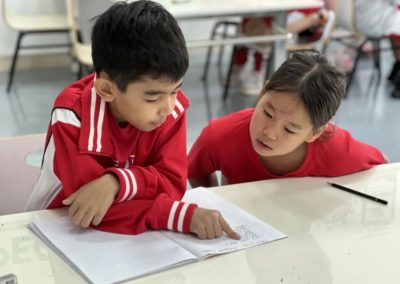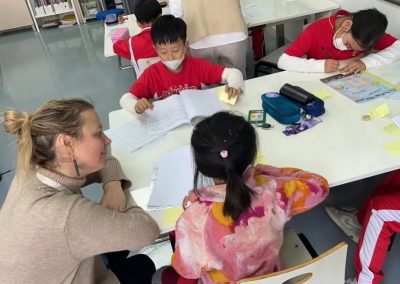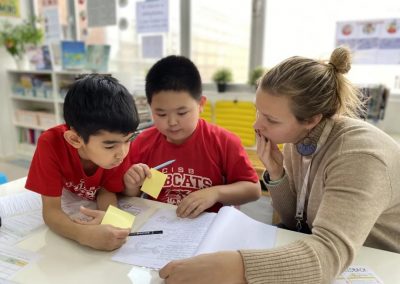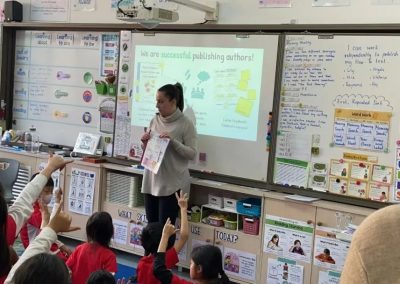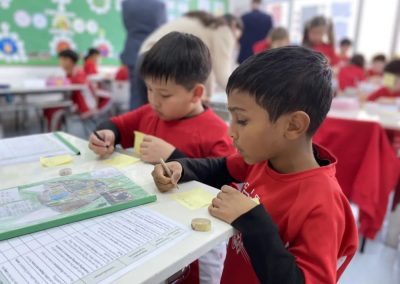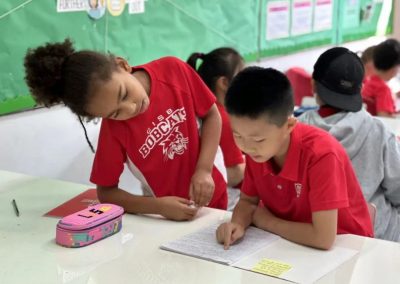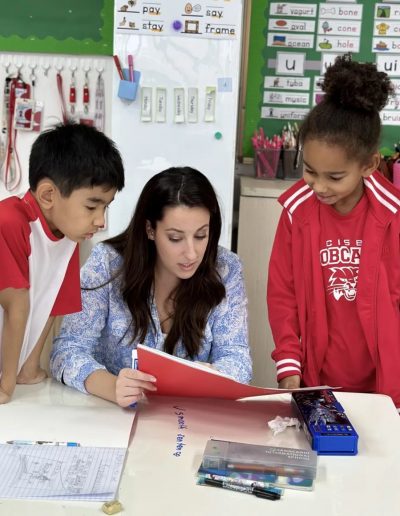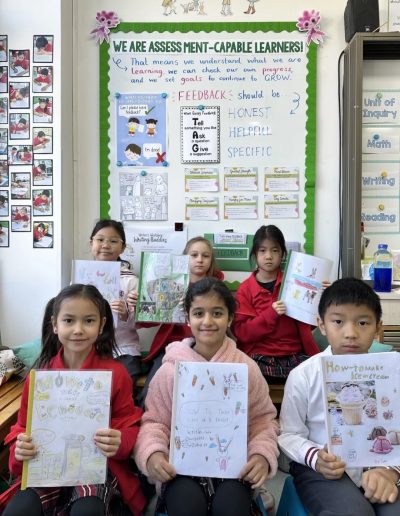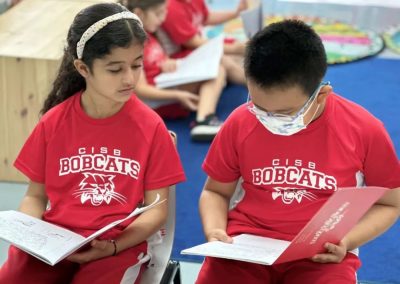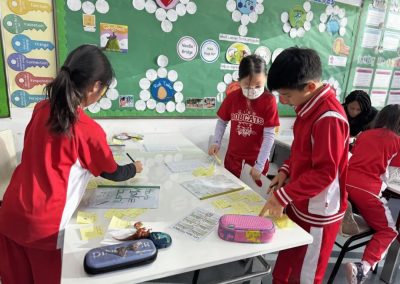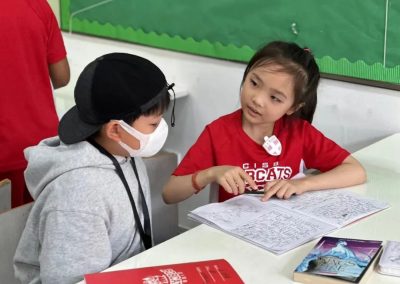In the dynamic landscape of education, peer-to-peer feedback (peer assessment) plays a crucial role in learning, especially in developing writing skills. This method, although distinct, works alongside formal instructional techniques and uses students’ diverse perspectives to improve the learning experience.
During writing instruction, young scholars often gather around classroom tables, with their writings in front of them. In these small groups, peer assessment and feedback come alive. Students actively engage with their classmates’ work, praising strengths and gently pointing out areas for improvement.
Students work together to create clear guidelines for success, outlining the key elements that make a piece of writing effective. These criteria serve as the foundation for the checklists they use to assess their own and their peers’ work, giving them a shared understanding of what makes writing successful. This collaborative approach enables students to assume the roles of reviewer and reviewee, fostering responsibility and ownership of learning. Students thoughtfully consider their peers’ comments and learn to express their thoughts constructively. They also use tools like colored sticky notes for annotating specific points and providing visual cues to their thoughts and suggestions.
Giving and receiving feedback among peers highlights the importance of active listening and respectful communication. As students read others’ pieces, the classroom becomes a stage for expression where ideas are shared and voices heard. This exchange bolsters writing skills and builds trust among students.
Teachers act as facilitators throughout the peer assessment process, offering guidance and ensuring feedback remains positive and productive. They model effective language, fostering an environment where feedback is a gift, not a criticism. Following the teacher’s guidance, students learn to trust their judgments and appreciate diverse opinions.
The result of this process goes beyond improved writing to a richer learning experience. Students emerge as better writers, critical thinkers, and active learners equipped with collaborative skills. They form a community of young authors, supporting and celebrating each other’s successes as they master the language and its complexities.
This method embodies the spirit of collaboration and mutual growth – and demonstrates that together truly is better.
